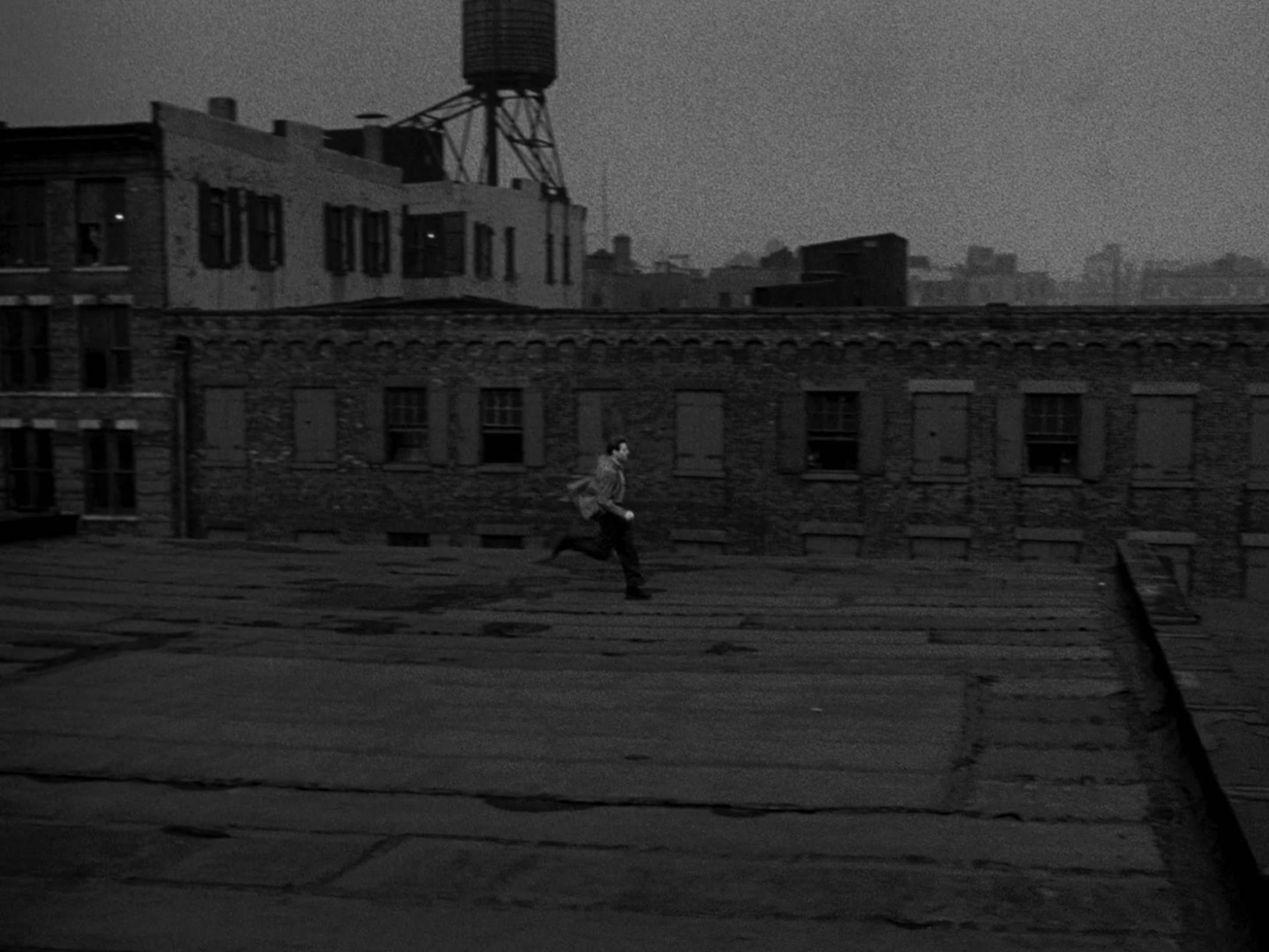Killer’s Kiss (1955): Kubrick at The Gaslight
Kubrick himself didn't rate it, but this early, low-budget noir flick is full of interest, showing a crucial moment in the director's career.

In my opinion, it’s a very amateurish piece. The subject was atrociously bad, and it was badly developed, but still, it allowed me to get some exposure.
— Stanley Kubrick on Killer's Kiss
Like the other films he made before this one (three shorts and one feature), Kubrick considered Killer’s Kiss (1955) well below the standards he held himself to. He was not proud of it artistically. And sure, it lacks the incredible depth and artistic coherency we now associate with Kubrick films. Taken on its own merit, though, this is an interesting film noir movie with very good photography, a well-detailed story, and direction suggestive of someone drawing from a deep creative well.
It doesn’t hold a candle to Kubrick’s follow-up and second noir flick, The Killing (1956), which is legitimately great, but it gives a fascinating insight into early Kubrick and the kind of cinema that interested him at the time, back when the Holywood studio system ruled the roost and film noir was the most timely and fresh expression of genre cinema and cynicism in the post-WW2 world.
Out of all his movies, Killer's Kiss is the best expression of “up-and-comer” Kubrick, the promising young filmmaker genuinely struggling to survive but able to scrape together just enough talent and resources to make a viable feature film (at 67-minutes) and get it sold to United Artists. The film perfectly captures that moment of his career, just before he broke through and the world took notice. It is like the Dylan at The Gaslight of cinema.
The production is as interesting as the film. Independently produced, it was financed with the help of Kubrick's friends and relatives to the tune of $75,000. Kubrick did all the big jobs himself: camera work, lighting, sound recording. He did the equivalent behind the camera as Peter Sellers did in front of it in his later movies, playing multiple distinct roles and somehow making the pieces fit. Every Friday night the production shut down to allow him to go to the unemployment office and collect his weekly check, which gave him money to live on.
It is amazing that, even as he was learning the ropes and making his first tentative steps in the business, and before he had a clear artistic direction worked out, Kubrick was knocking out cool little film noir pictures that would have been good enough to be remembered fondly by fans of the genre, if for whatever reason his career had ended abruptly in 1955. Instead, he took 2001: A Space Odyssey-like leaps forward in artistic evolution in almost every film made after this one.
I might not return to this film much in the future, but I am glad I saw it. It is the best vantage point onto a moment in time where a resourceful, scrappy Stanley Kubrick had to fight tooth and nail in the post-WW2 world to bring an enjoyable feature film into existence. A Kubrick whose career as a director and filmmaker was far from guaranteed.
He did enough to get the next film made.
James Lanternman writes movie reviews, essays, and moonlit thoughts. You can reach him at [email protected].
Previously… The Psychic Presence & Secondary Harms of Abusers
